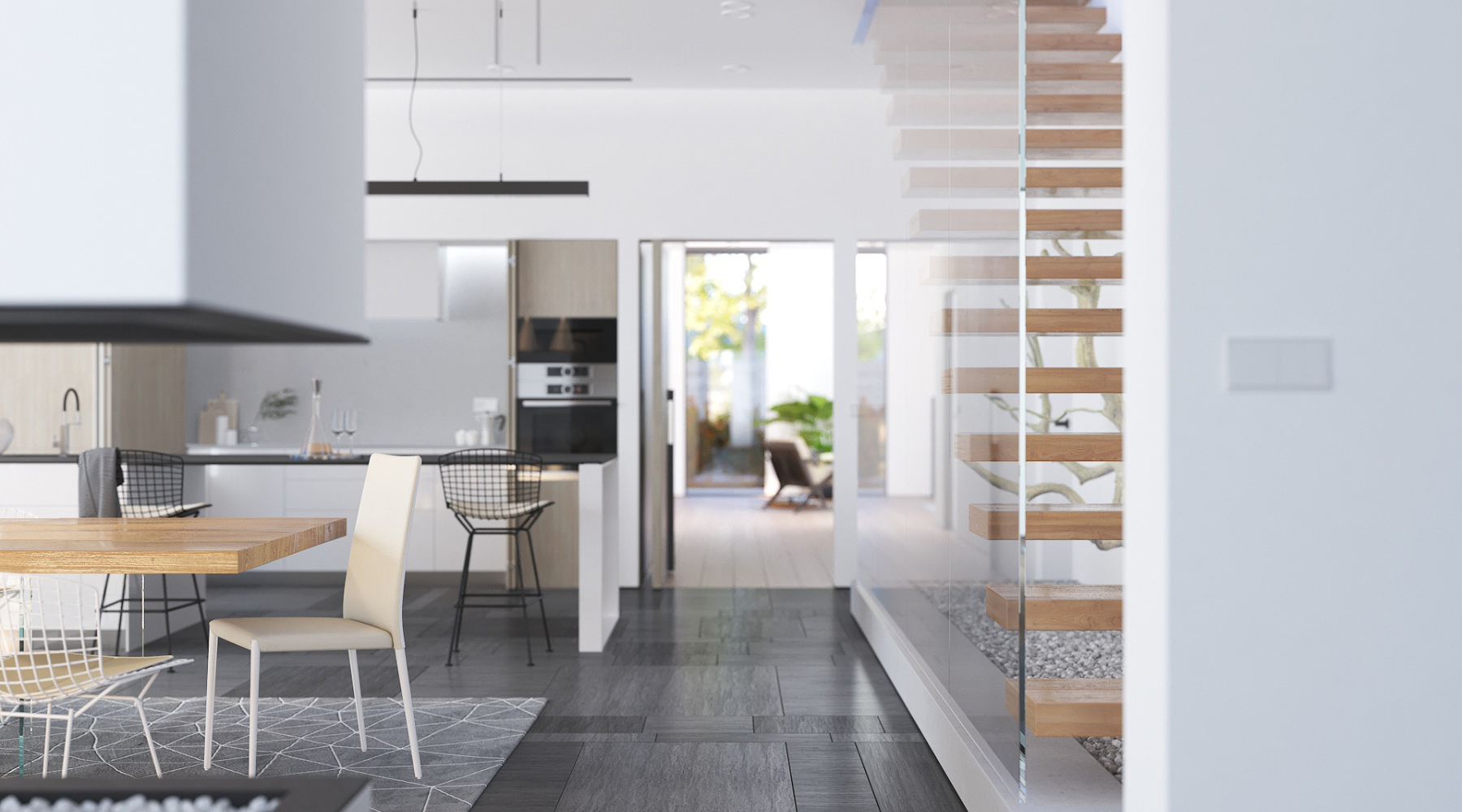V-Ray is a powerful rendering engine that can be used with a variety of 3D modeling software. This gives users the flexibility to choose the software that best suits their needs.
V-Ray has a wide range of integrations, including:
V-Ray for SketchUp is a plugin that allows users to render photorealistic images and animations in SketchUp. It offers a wide range of features and tools that make it easy to create stunning renders.
- V-Ray for SketchUp integrates seamlessly with SketchUp, making it easy to create photorealistic renders.
- Users can access all of the V-Ray features and tools directly from the SketchUp interface.
- V-Ray for SketchUp supports a wide range of materials, lights, and effects.
- Users can also render their SketchUp models in real time using V-Ray RT.
V-Ray for 3ds Max is the most popular rendering engine for 3ds Max. It offers a wide range of features and tools that make it easy to create photorealistic renders.
- V-Ray for 3ds Max integrates seamlessly with 3ds Max, making it easy to create photorealistic renders.
- Users can access all of the V-Ray features and tools directly from the 3ds Max interface.
- V-Ray for 3ds Max supports a wide range of materials, lights, and effects.
- Users can also render their 3ds Max models in real time using V-Ray RT.
V-Ray for Maya is also a popular rendering engine for Maya. It offers a similar range of features and tools as V-Ray for 3ds Max.
- V-Ray for Maya integrates seamlessly with Maya, making it easy to create photorealistic renders.
- Users can access all of the V-Ray features and tools directly from the Maya interface.
- V-Ray for Maya supports a wide range of materials, lights, and effects.
- Users can also render their Maya models in real time using V-Ray RT.
V-Ray for Revit is a plugin that allows users to render photorealistic images and animations of architectural models in Revit. This is a powerful tool for architects and designers who want to create high-quality visualizations of their projects.
- V-Ray for Revit integrates seamlessly with Revit, making it easy to create photorealistic renders of architectural models.
- Users can access all of the V-Ray features and tools directly from the Revit interface.
- V-Ray for Revit supports a wide range of materials, lights, and effects.
- Users can also render their Revit models in real time using V-Ray RT.
V-Ray for Rhino is a plugin that allows users to render photorealistic images and animations in Rhino. It offers a wide range of features and tools that make it easy to create stunning renders.
- V-Ray for Rhino integrates seamlessly with Rhino, making it easy to create photorealistic renders.
- Users can access all of the V-Ray features and tools directly from the Rhino interface.
- V-Ray for Rhino supports a wide range of materials, lights, and effects.
- Users can also render their Rhino models in real-time.
V-Ray for Cinema 4D is a plugin that allows users to render photorealistic images and animations in Cinema 4D. It offers a similar range of features and tools as V-Ray for 3ds Max, Maya, and Rhino.
V-Ray for Houdini is a plugin that allows users to render photorealistic images and animations in Houdini. It offers a wide range of features and tools that make it easy to create complex and dynamic renders.
V-Ray for Unreal Engine is a plugin that allows users to render photorealistic images and animations in Unreal Engine. This is a powerful tool for game developers and visualization artists who want to create stunning real-time visuals.
V-Ray for Nuke is a plugin that allows users to render V-Ray scenes in Nuke. This is a powerful tool for compositing artists who want to create stunning visual effects.
--
The V-Ray integrations for each of these software packages offer a wide range of features and tools, including:
- Physically based rendering: V-Ray uses physically based rendering to create photorealistic images and animations. This means that the renders will look as realistic as possible.
- Real-time rendering: V-Ray can be used to render scenes in real time. This allows users to see their renders as they are being created.
- Caustic and volumetric effects: V-Ray can render caustics and volumetric effects. This allows users to create realistic renders of light interacting with objects and materials.
- GPU rendering: V-Ray can be used to render scenes using GPUs. This can significantly speed up the rendering process.
- Integration with other software: V-Ray can be integrated with other software packages, such as Photoshop and After Effects. This allows users to create stunning visual effects.



